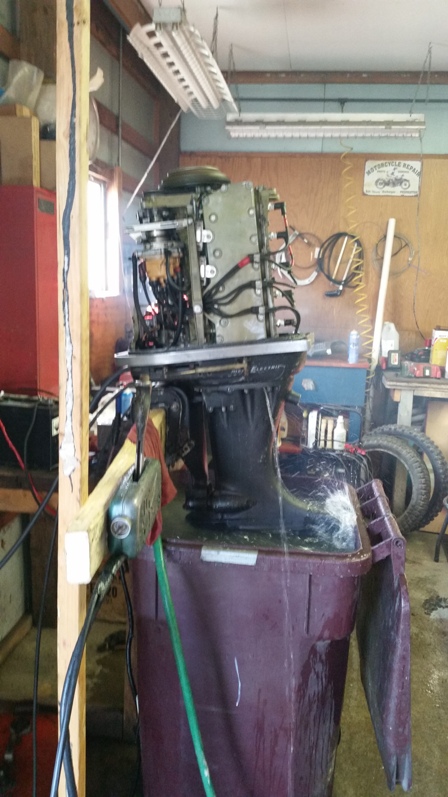Hi Scott,
Just as an FYI the lines you typed are so long that it boogers up the display when using an iPad
so I can't see your whole post, hit return more often? Probably a good question for the administrator.
Anyways.... So a few more thoughts to add to the excellent advice you have had.
Sounds like you combed through a rebuild nice work.
It sounds like issue shows up after run time so I'm thinking something gets hot and has reduced function
making it hotter still, electrical is a prime suspect for this. It also seems you had this before and after rebuild?
So first suspect what has not been touched.
Yes, replace the condensers, these will cause havoc and the old ones should be suspect.
Suspect the resistors, jump out at time of issue as Doc said but only to diagnose.
When replacing the condensers, double check your point faces and your timing as resistors and condensers
are there only to provide longevity to point life so, if it's one of these degrading then point faces may have
taken a hit.
If needed and you can't find some good original resistors, Mallory makes a decent ceramic one for auto
use. It's very close in size and mounting to what's on the motor now, Jegs or Summit or eBay.
wiring as doc said can be a mess. Insulation stinks and wires are hair like strands easily breaking,
so the fact that you have continuity means nothing, it could be just a few strands connecting.
that won't conduct enough amps for correct ignition operation, amp needs increase with RPM and heat.
In addition to distributor I would also look at the side terminal carbon in the dist. and the plastic. Same with rotor. I clean with auto spray
brake cleaner and look for cracks, that make great pathways for shorting when things warm up.
You can check ignition wires for shorts running motor at night, unlikely source but just thinking possibilities.
Lastly look at your control the switch and wiring. I might suggest once motor is running to directly jump 12 volts
from the larger batt cable on solenoid to the 12 volt feed on the resistors, this bypasses everything to do with the
control.
One thing Bob Grubb taught me was that the charging voltage goes up through the control and then
back to motor. The 75's are notorious for poor charging and your problem may simply be a battery slowly discharging
while running. A helpful improvement is to make a connection from the output of the rectifier right to the 12 volt cable
at the solenoid from the battery, this should be a permanent wire not a temporary jumper. The concern back in the
day was the rectifier would leak and discharge the battery when motor was not running so the ignition switch would break
the connection. The newer brown colored block style with a diode rectifier are better that the old "fin" ones in this regard
but I havenot had discharge issues with the fin ones using this jumper mod, but just be aware of the possibility.
Anyways food for thought....
Good luck!
Randy















